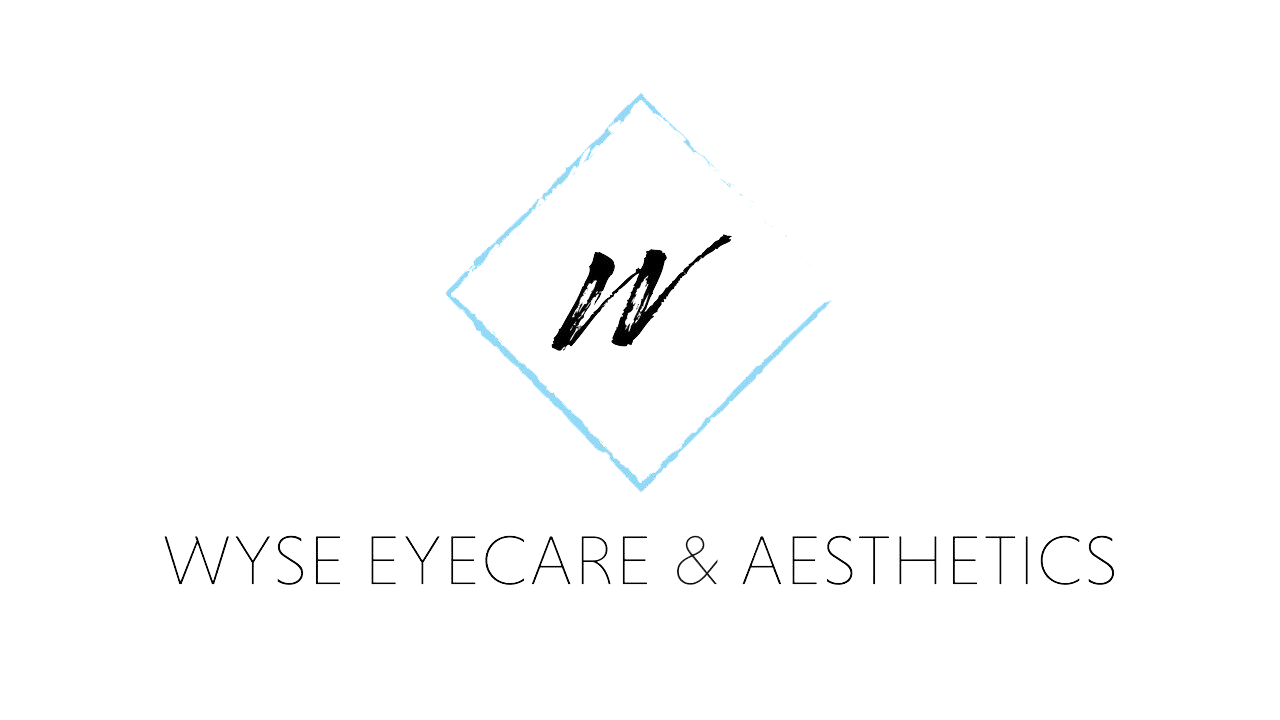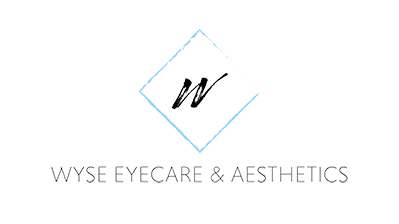What testing is done for glaucoma?
Glaucoma is diagnosed based on the eye exam and several tests done in the office.
How is the Eye Examined for Glaucoma?
Your eye pressure will always be checked when screening for glaucoma. The normal range is about 7 to 21. It is important to understand that you don’t need high eye pressure to have glaucoma. There are other factors besides pressure that help us determine if you have glaucoma (see below). High eye pressure is, however, definitely a risk factor for glaucoma. For this reason, if your eye pressure is above 21, or there are other suspicious findings, further testing will be done to check for glaucoma.
Your optic nerve is also examined – generally after dilating drops have been used to make the pupil larger. The optic nerve has a central pit, called the “cup”. If this central pit is larger than normal, we call this “cupping” and the eye is considered suspicious for glaucoma. If the appearance of the optic nerve is suggestive of glaucoma, further testing will be done. The eye is also examined for other eye conditions including pseudoexfoliation and pigment dispersion syndrome that increase the risk for glaucoma.
What Types of Tests are Done for Glaucoma if There are Suspicious Findings on the Eye Exam?
If either the eye pressure or the optic nerve appearance is suspicious for glaucoma, several additional tests should be performed in the office. These tests are not done on every patient, just those who have elevated eye pressure, a suspicious optic nerve, or other risk factors for glaucoma.
Pachymetry – This is a measurement of the thickness of the cornea. It is painless, like a pressure check, and takes just a few seconds. Corneal thickness is important because it affects your eye pressure reading. Thin corneas give a falsely low pressure reading, whereas thick corneas give falsely high pressure readings. Knowing the thickness of the cornea helps us know how to interpret your eye pressure reading to have a better sense of whether it is truly normal or abnormal. In addition, a thin cornea has been shown to be an independent risk factor for glaucoma, even when the pressure is normal.
Visual Field Test – This is a test of your peripheral (side) vision. You will be asked to look straight ahead at a small circular target, while little spots of light appear briefly to the sides of the target. You will press a button when you see a light. This allows us to map out your vision, finding areas that you may not see as well. A visual field defect is an area of your vision in which you don’t see as well. These areas can be very subtle, so even if you feel that your peripheral (side) vision is fine, the field test can detect early abnormalities.
Optic Nerve Fiber Scan – This is a painless test similar to taking a photograph of the eye. The nerve scan analyzes the thickness of the nerve fibers that travel in the inside lining of the eye (the retina). These fibers join together to form the optic nerve. Thinning of this nerve fiber layer can be an early sign of glaucoma.
Gonioscopy – A drop is used to numb the surface of the eye and a small lens is placed on the eye allowing your doctor to look directly at the drainage structures of the eye. This is painless, similar to a pressure check, and takes just a few seconds. We look for abnormalities in the drainage structures such as scar tissue, abnormal pigmentation, or abnormal vessels. These can help us determine if a patient is at risk for glaucoma and the type of glaucoma.
Once the appropriate testing is done, we use all of this information to determine whether or not you already have glaucoma. The test results also indicate the severity of glaucoma which helps us to determine what treatment is best. There are times when the testing is borderline, but suspicious for glaucoma. In this case we consider the patient “glaucoma suspect” but generally do not treat. Glaucoma suspects need to be followed, usually once or twice a year, so that if there are changes on the testing or eye exam, glaucoma can be detected and treated.

